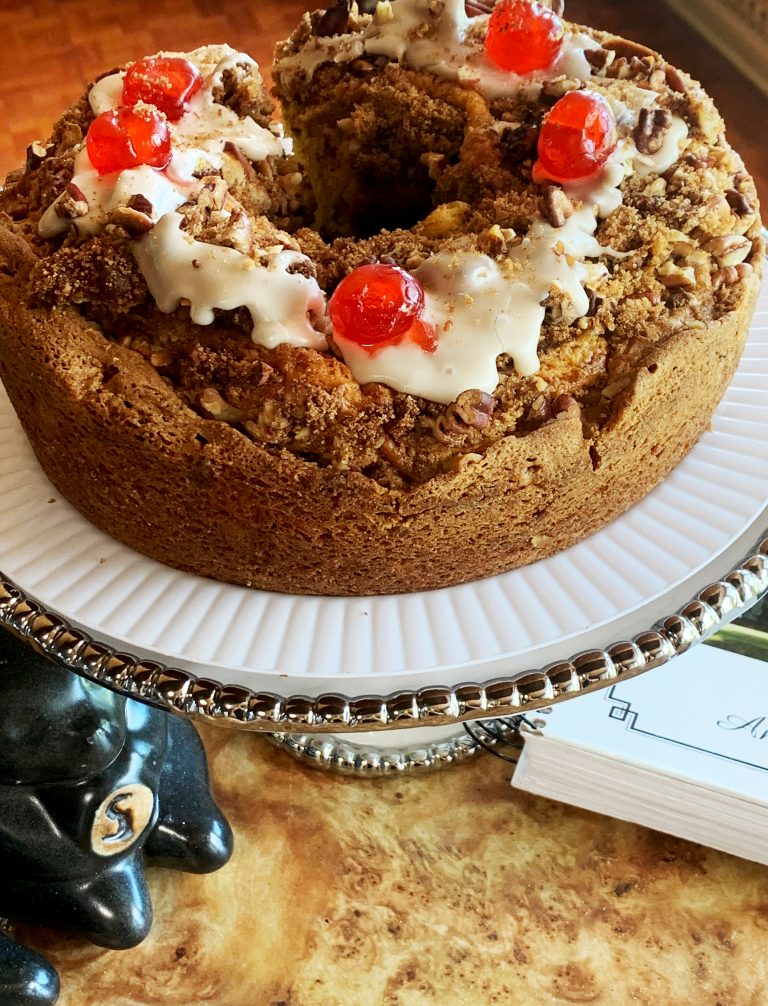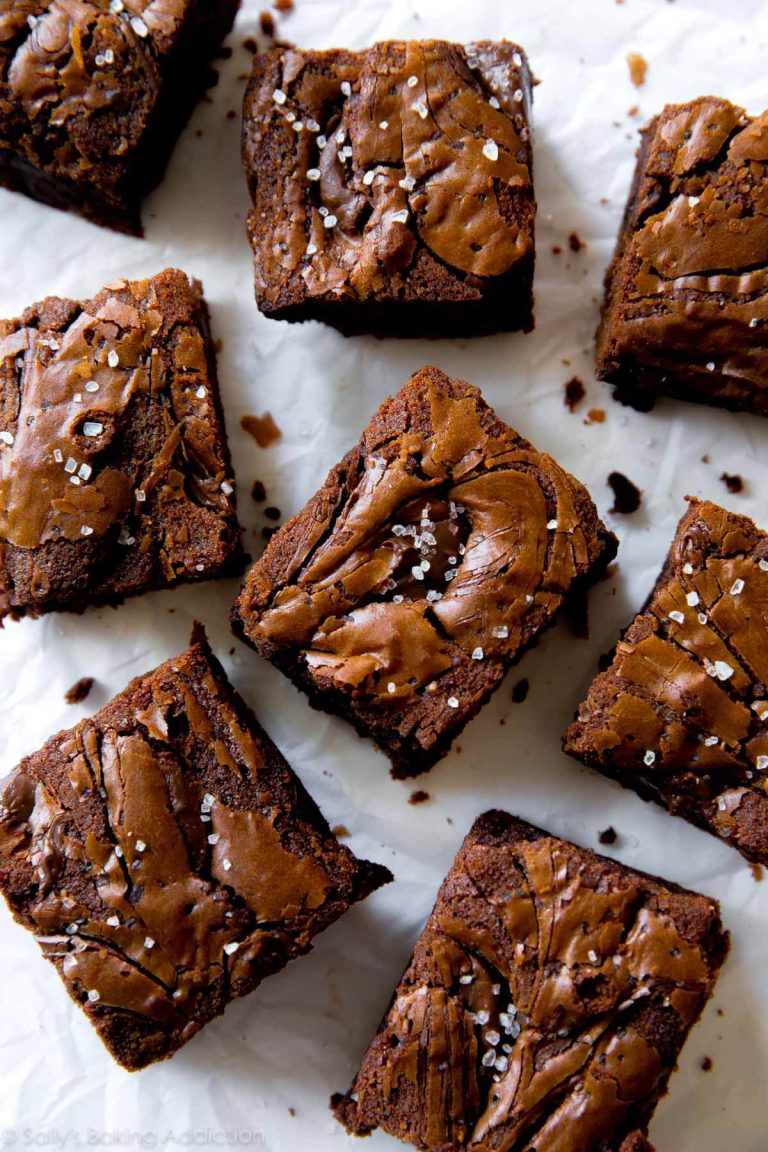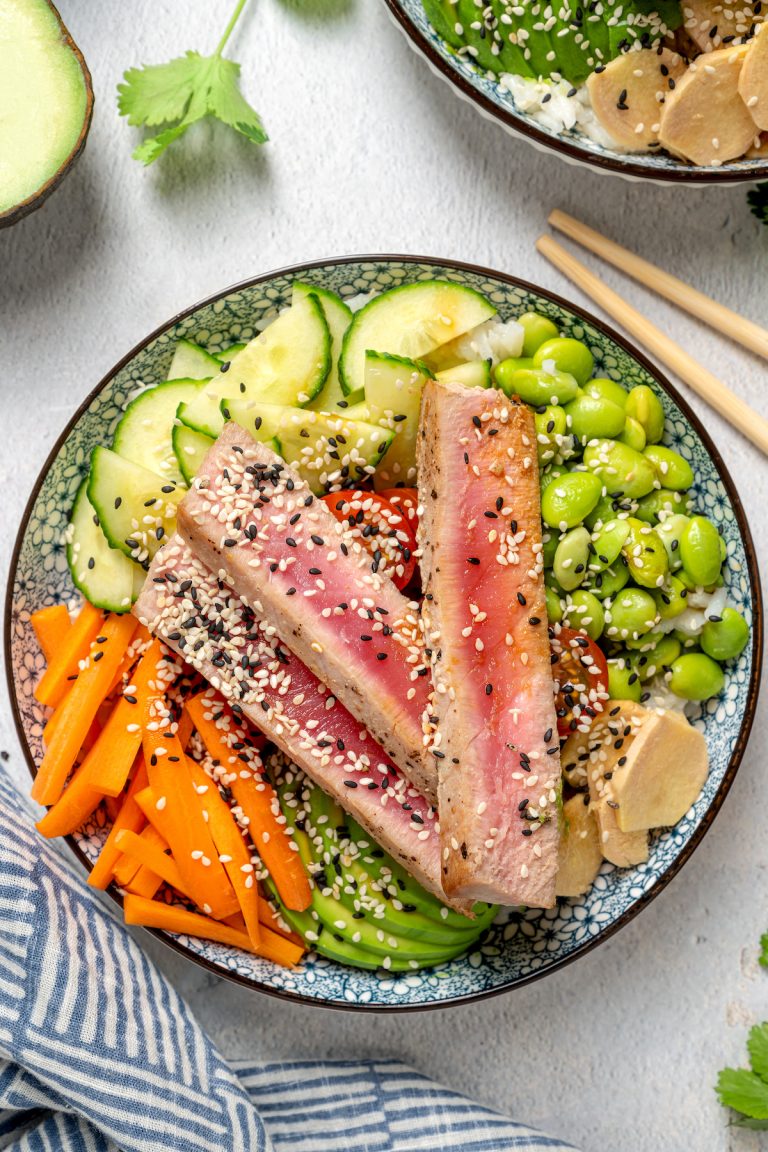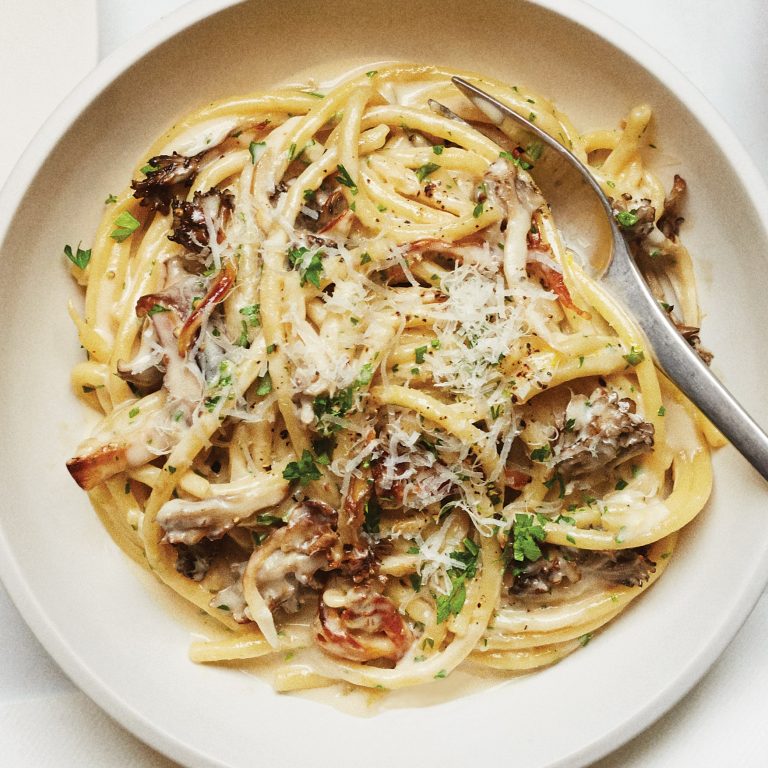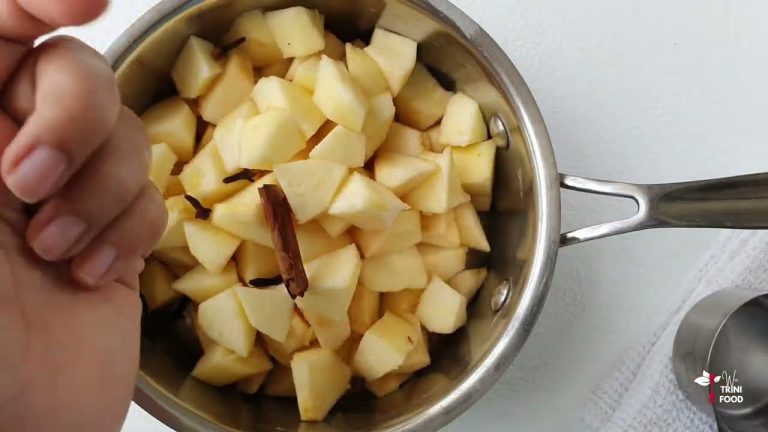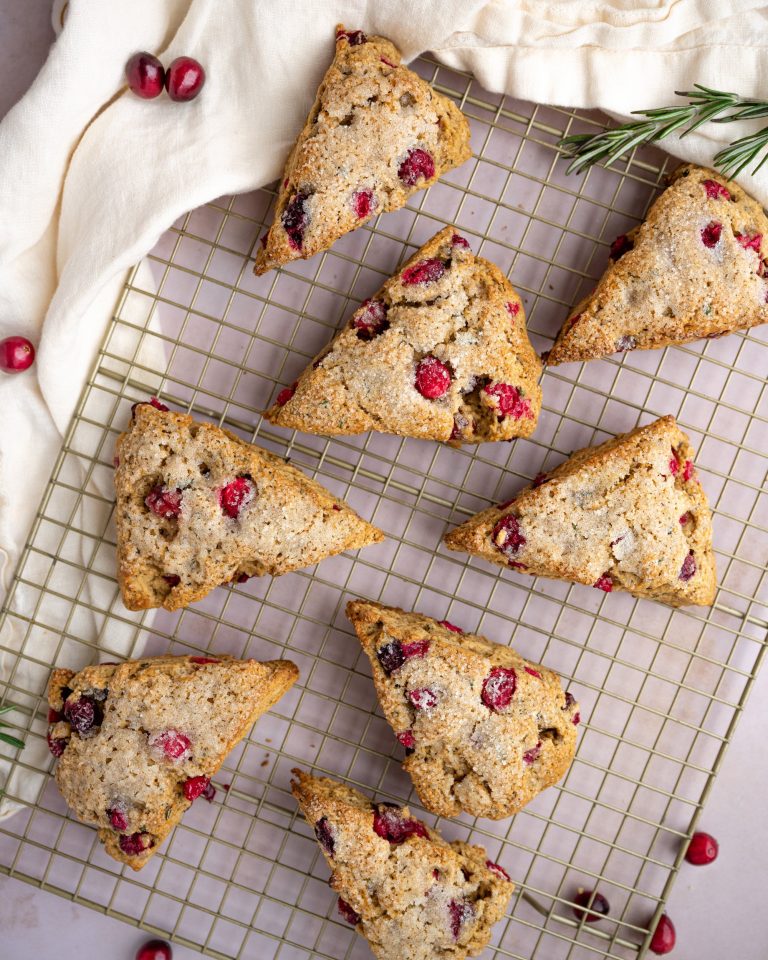One Two Three Four Cake: Discover the History and Versatility
The One Two Three Four Cake dates back to the 19th century. It emerged as a popular recipe for its simplicity and ease of memory. The name comes from the basic ratios of its four primary ingredients: one cup of butter, two cups of sugar, three cups of flour, and four eggs. This straightforward method reflects a time when precise measuring tools were less common, allowing bakers to use easily measured quantities. The cake became a staple in many homes due to its forgiving nature and adaptability to different flavors and occasions.
Evolution of the Recipe
Over time, the One Two Three Four Cake recipe has seen numerous adaptations. Modern versions often include leavening agents like baking powder or baking soda to achieve a lighter texture. Various flavors have been introduced, from vanilla and lemon to more elaborate combinations like chocolate and fruit additions. The recipe’s basic framework remains intact, ensuring its place as a timeless favorite in both contemporary kitchen practice and in the annals of baking history. Adapting to contemporary tastes, these variations demonstrate the cake’s versatility and enduring appeal.
Key Ingredients of One Two Three Four Cake
Uniqueness of Ingredient Proportions
The One Two Three Four Cake stands out due to its distinctive ingredient ratios. Specifically, it uses one cup of butter, two cups of sugar, three cups of flour, and four eggs. These proportions ensure the cake’s consistency and simplicity. The balanced ratios contribute to a moist, fluffy texture without precise measurements. This simplicity makes it accessible for novice bakers and consistent for experienced ones. The cake’s basic structure can support numerous flavor enhancements and additions.
Variations and Substitutions
You can adapt the One Two Three Four Cake recipe to suit different preferences and dietary needs. For a lighter texture, incorporate baking powder or baking soda. Experiment with alternative flours like almond or coconut for gluten-free versions. Substitute sugar with honey, maple syrup, or a sugar substitute to reduce sweetness or accommodate dietary restrictions. Enhance flavor by adding extracts (vanilla, almond) or zest (lemon, orange). Introduce mix-ins like chocolate chips, dried fruits, or nuts for added texture. Adjust these variations to maintain the original proportions and ensure a balanced, flavorful cake.
Baking Techniques for One Two Three Four Cake
Managing Baking Temperature
You need to maintain the right temperature to ensure even baking. Preheat your oven to 350°F (175°C) for consistent results. Use an oven thermometer to verify accuracy, as built-in oven gauges can be imprecise. Position your cake on the center rack to promote even heat distribution. If the oven runs hot, lower the temperature by 25°F (about 15°C) to avoid over-browning the cake edges. Allow the cake to bake without opening the oven door, which can destabilize the temperature and cause uneven cooking.
Tips for Perfect Consistency
Mixing techniques affect the cake’s texture. Cream the butter and sugar until light and fluffy to incorporate air, essential for a tender crumb. Gradually add eggs, blending well after each addition to ensure a smooth batter. Sift the flour before measuring to avoid dense sections; this aerates the flour, contributing to a lighter cake. Incorporate dry and wet ingredients alternately, starting and ending with dry for better absorption. Handle the batter gently; overmixing can create a tough cake. Tap the filled cake pans on the counter to release air bubbles before baking.
Proper cooling is critical. Once baked, let the cakes cool in the pans for 10 minutes, then transfer them to a wire rack to cool completely. This prevents the bottoms from becoming soggy. Frost or store only when completely cooled to maintain the cake’s integrity.
Serving and Presentation Ideas
Traditional vs. Modern Serving Styles
Traditional styles often feature minimal decoration. Dust powdered sugar over the top or serve plain slices with coffee or tea for a timeless approach. You can also cover the cake with a thin layer of buttercream for a more classic feel.
Modern styles, however, introduce more elaborate presentations. Top the cake with fresh fruits, like strawberries or blueberries, to add vibrant colors. Use whipped cream or ganache for a sleek finish. Some prefer to layer the cake with various fillings, such as lemon curd or raspberry jam, to create a more complex flavor profile.
Decorative Tips for Special Occasions
For birthdays, add personalized messages using decorative icing pens. Use edible glitter or gold leaf for an elegant touch. Different colored sprinkles can make the cake festive without much effort.
During holidays, tailor the decorations to the occasion. For Christmas, use red and green frosting and add small edible snowflakes. At Halloween, use orange and black icing, incorporating spooky elements like candy eyes or gummy worms.
For weddings, simplicity is often key. Consider white buttercream with intricate piping designs. Fresh flowers can enhance the cake’s natural beauty without overpowering its flavor.
By varying your serving styles and decorations, the One Two Three Four Cake remains versatile and appealing for any event.
Conclusion
The “One Two Three Four Cake” stands out not just for its historical roots but also for its remarkable adaptability. Its ease of preparation and ability to cater to various tastes and dietary needs make it a timeless favorite. Whether you prefer a simple, traditional approach or a more elaborate, modern presentation, this cake is versatile enough to suit any occasion. From birthdays to weddings, its potential for personalization ensures it remains a staple in your baking repertoire. Embrace the simplicity and creativity this recipe offers and enjoy the delightful results every time.
